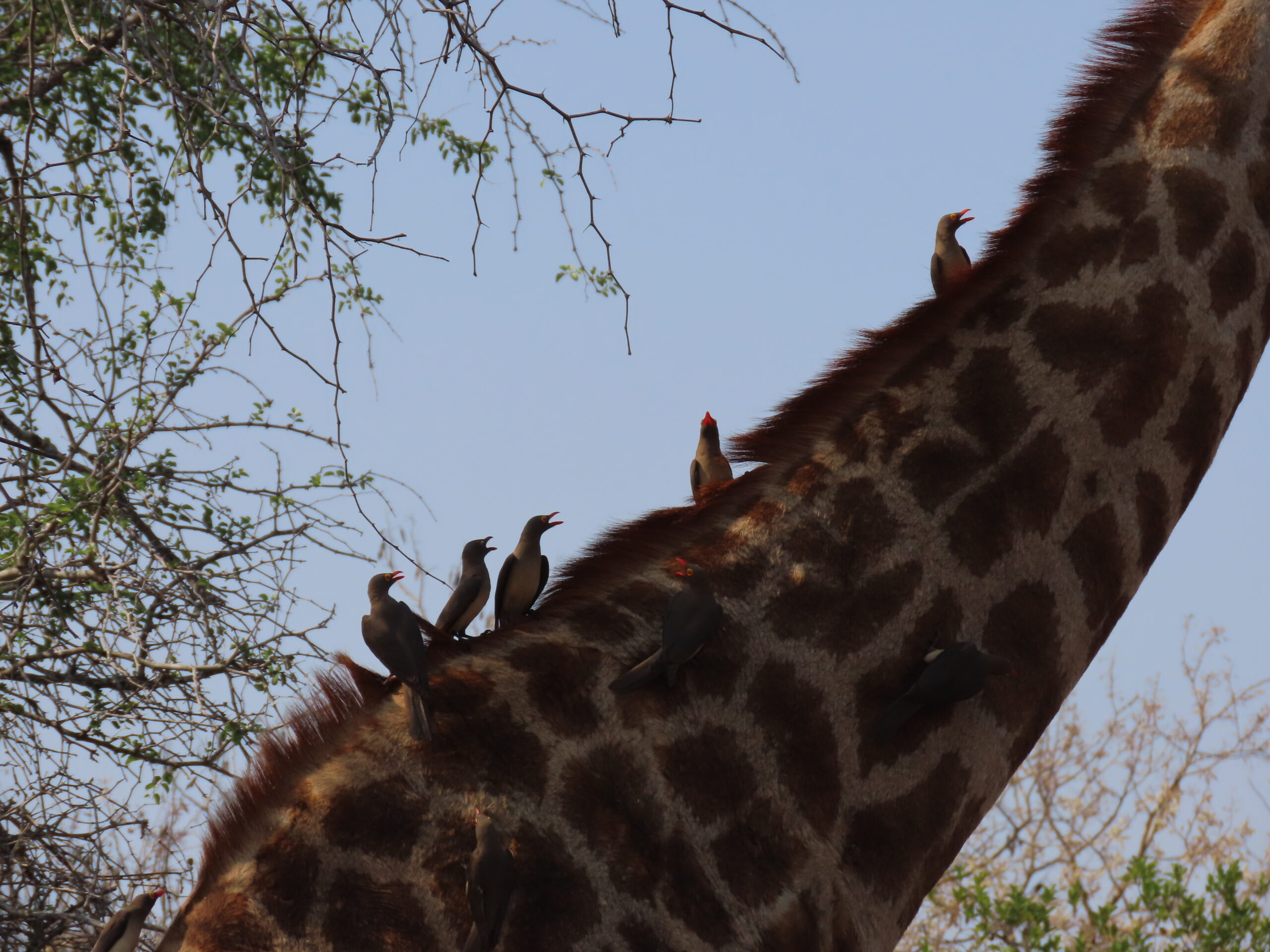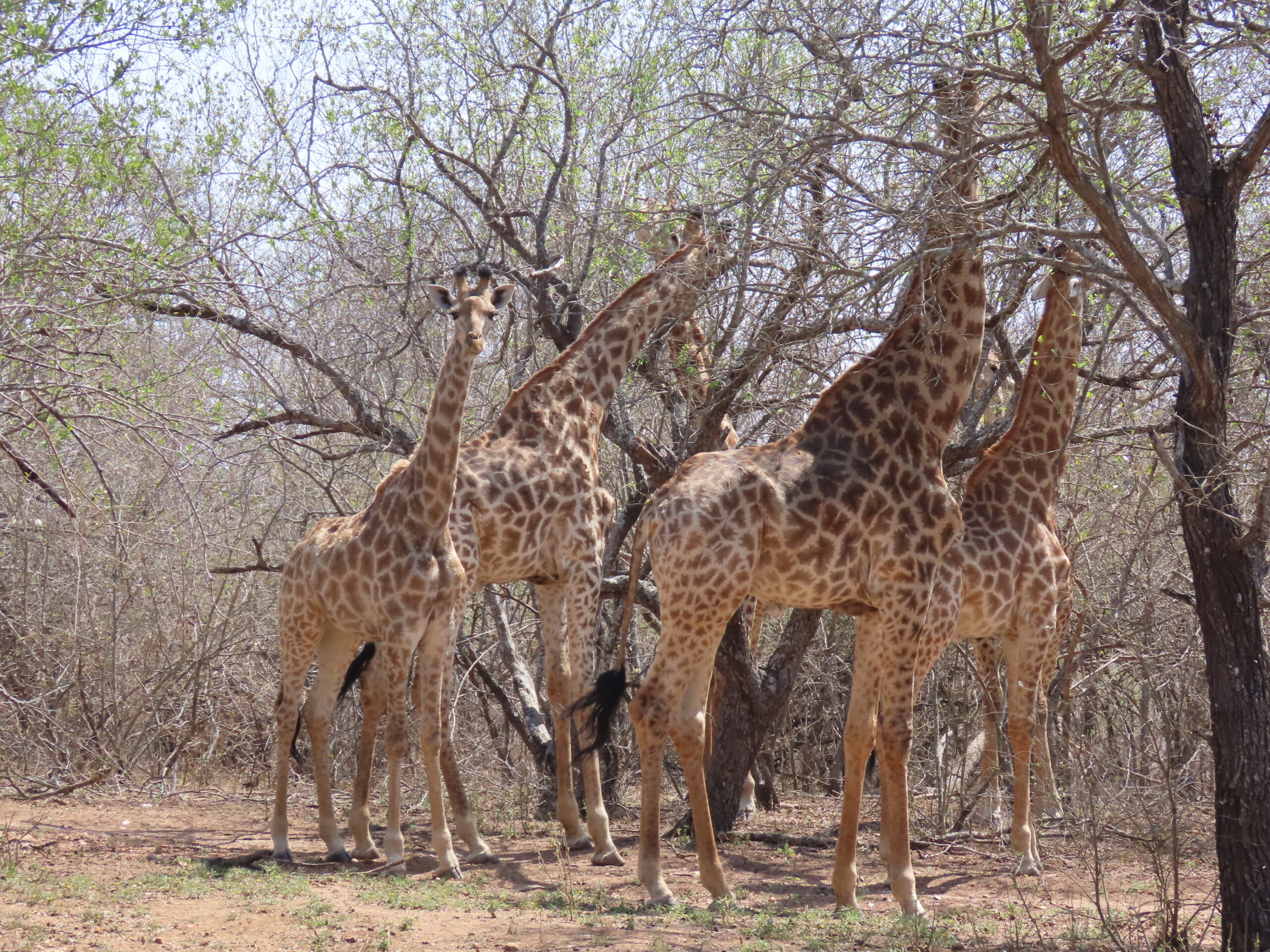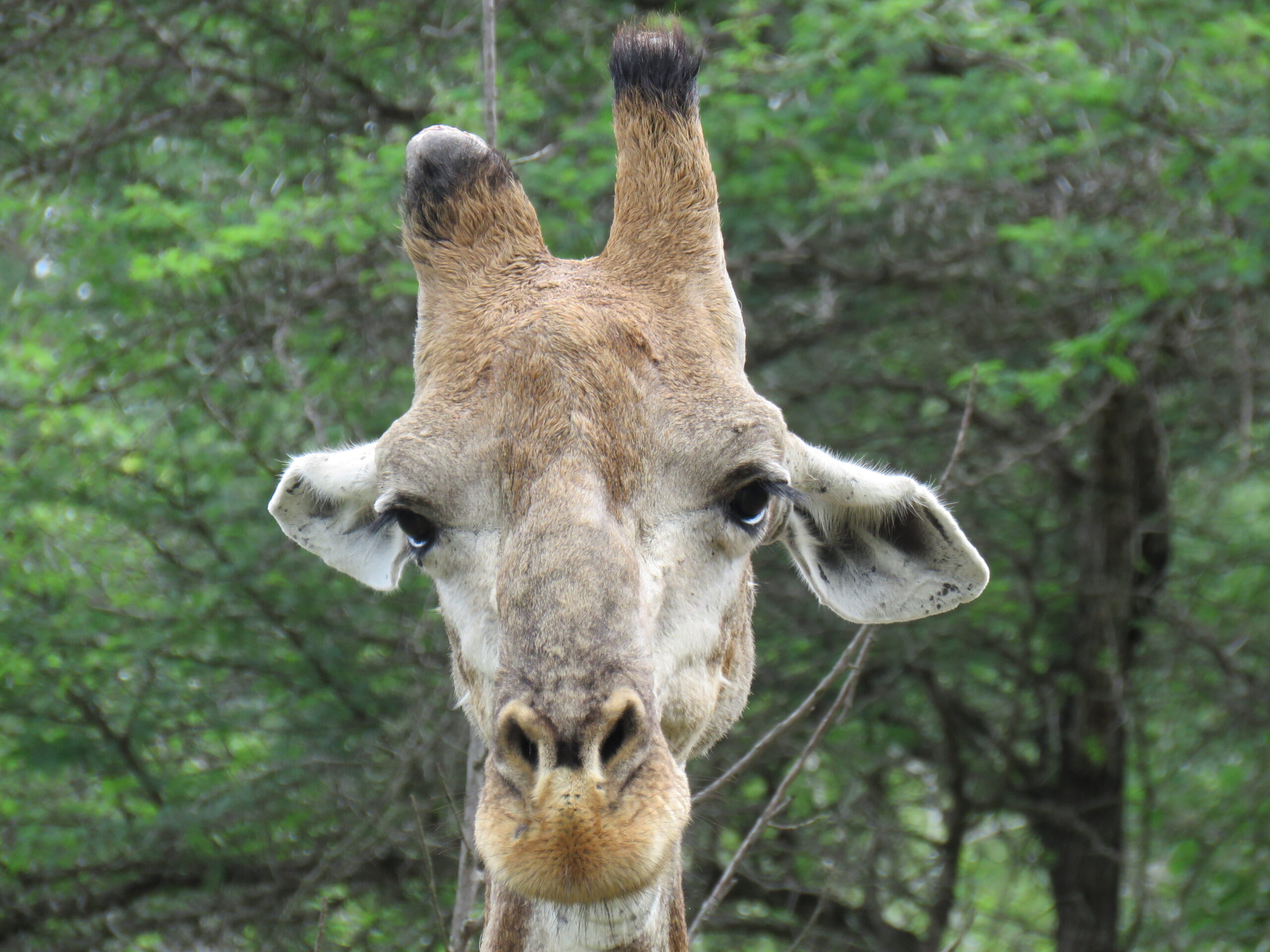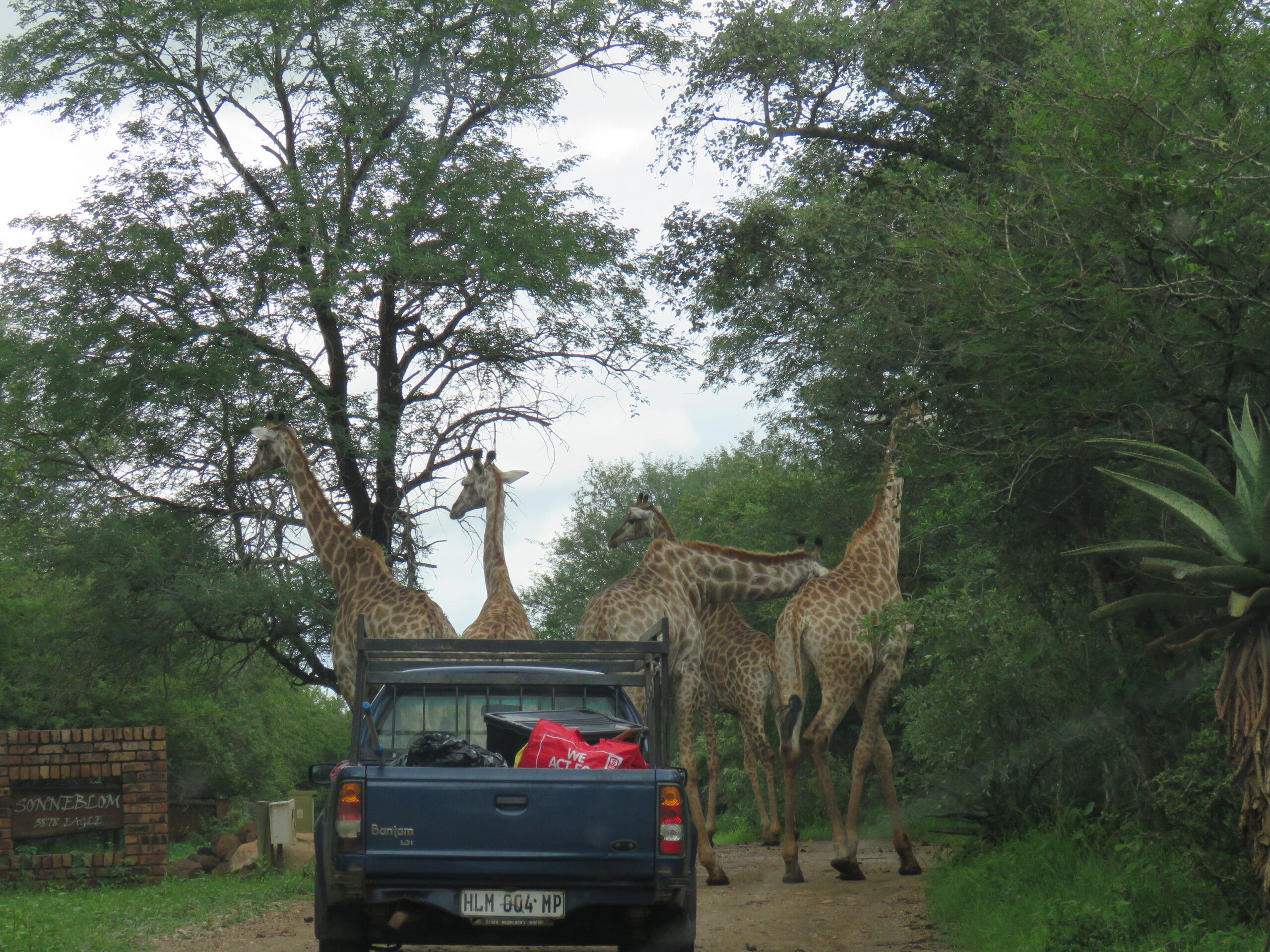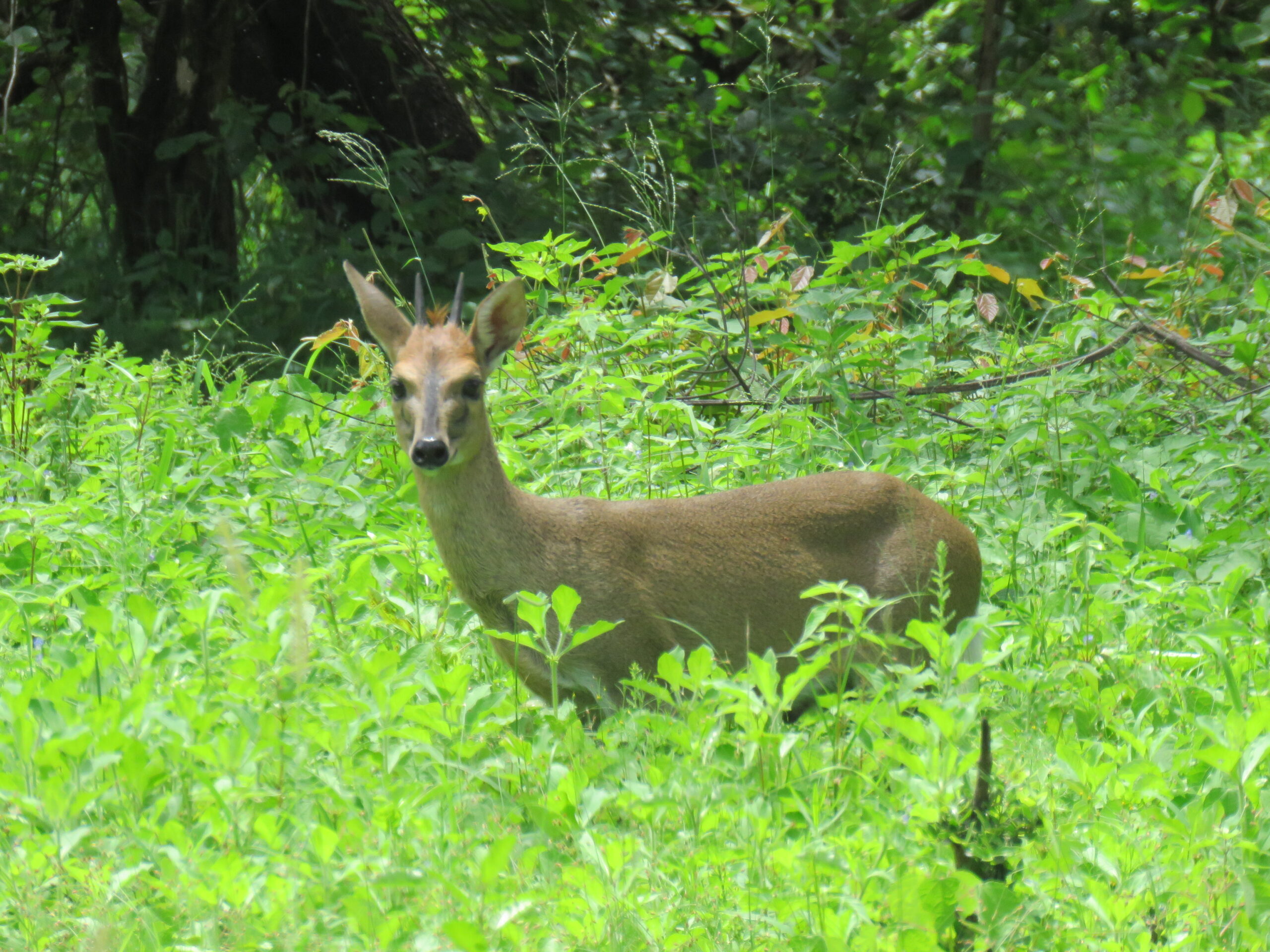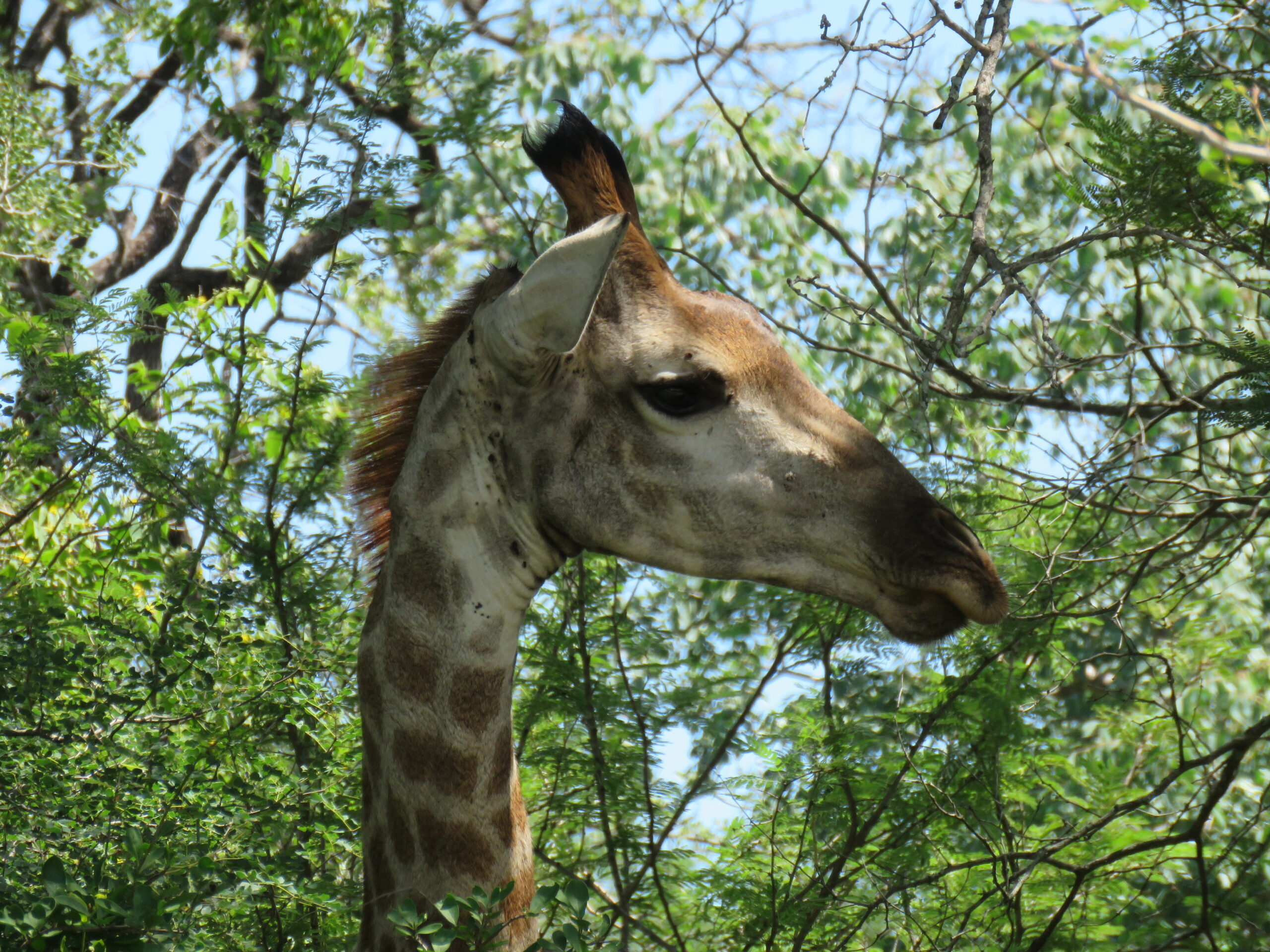
Tom left for Nelspruit this morning at 8:45 for his 11:00 am appointments for two medical tests; a chest x-ray (he coughs) and an aortic aneurysm screening (heredity issues with men in his family). I just received a Whatsapp message that he’s arrived safely, and he’ll text me again to let me know when he’s on the way back.
We won’t get the results until Friday when we return to Doc Theo for test results and our two cardiac stress tests. I’ll be glad when all of this medical stuff is completed. Hopefully, we can have peace of mind with positive results. I’m still taking all the allergy meds and the Prednisone. My allergy symptoms are gone, and the head pain is less but not entirely gone.
It’s another cooler and beautiful sunny day. This morning, I baked Tom a double batch of keto blueberry cake, one of the few keto desserts he likes. I had to hurry and get it done since load shedding is starting soon, and I can’t use the oven during that period.
Both pans are done and out of the oven. It smells good here. Now I’ll wait for them to cool so I can cut them into individual servings and place them in ziplock sandwich bags. I wouldn’t say I like using so many plastic bags, so we save the old ones and reuse them for as long as possible. We place the empty used bags in the freezer so the crumbs in the bags don’t spoil, and then take them out for the next batch. We’re able to reuse them four or five times before tossing them.

Sitting here at the dining room table preparing the post, I am reminded of Tom being in the US only a few weeks ago and how long and tedious that time was without him. I wanted to go with him this morning, but he knows how I dislike the drive to Nelspruit and insisted he’d be fine on his own.
This morning, up and dressed before he left, I said, “I am ready to walk out the door with you right now.” But, he insisted he’d return in no time and for me to stay behind, get today’s post done and enjoy quiet time in the kitchen prepping for tonight’s dinner and baking his blueberry bread.
Now, with all of that done, with the house cleaned after Vusi just left, once I am done here, I’m at a loss as to how to occupy myself without him here. Yesterday, I did all the financial stuff for the first of the month, sent our Nevada accountant a message for tax filing, and feel comfortable that everything is under control.
We use credit cards for everything since we haven’t had or used checks in almost two decades. Instead of saving receipts that the credit card companies have for our purchases. Every few weeks, I enter every purchase into our Excel spreadsheet. I look at the online statements to enter the correct amounts with the exchange rate based on how the banks debit us. We’ve found we pay less in exchange rates using our credit cards than we would by using cash.
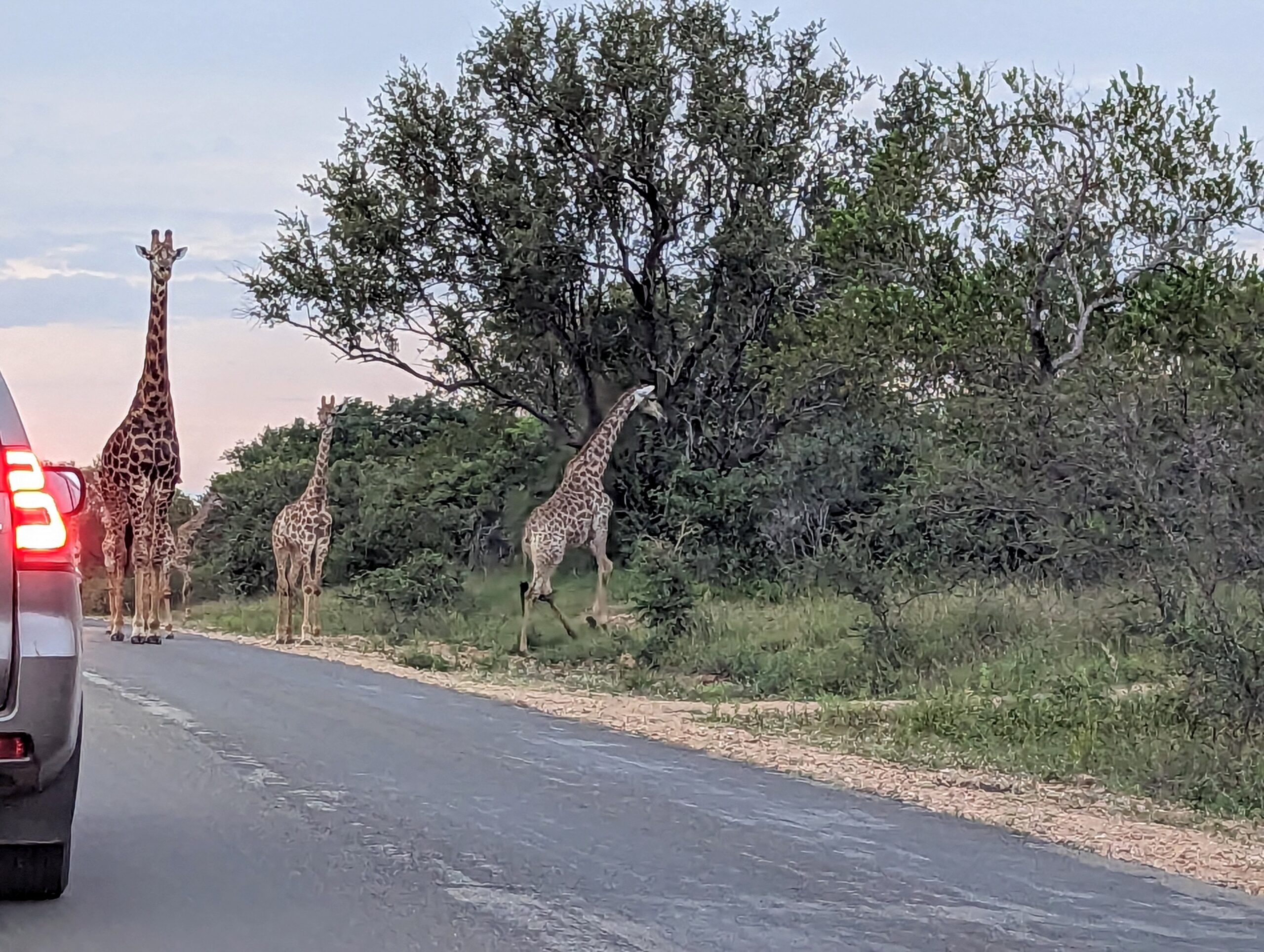
We only get South African rands for tips and miscellaneous cash transactions, which are few. We tip Zef and Vusi on the same day each month and always keep enough cash to do this. We usually go to the ATM in Komatipoort once a month. Also, Louise arranges for three bags of pellets every few weeks, and we reimburse her almost ZAR (rand) 900, US $49.24 each time for the three bags.
The pellets last longer now than they did in the winter since the bush is lush and green, and the animals don’t need or eat as many pellets at this time. Of course, I’m always giving Norman and his family carrots, apples, and vegetable scraps which they love.
As a matter of fact, Norman has already been here three times this morning, standing in the garden, looking at me. I ask him, “Norman, do you want your lunch?” His ears flip back and forth, and his mouth quivers in sheer delight. There’s no doubt in my mind, after all of these months I have been talking to him, that he knows exactly what I am saying, not unlike a dog would after repeated human language. These animals are more intelligent than most people think.
Be well.
Photo from one year ago today, March 28, 2022:
















